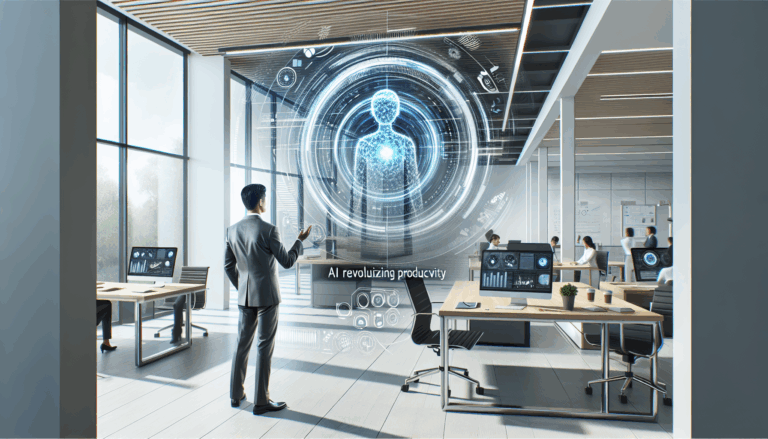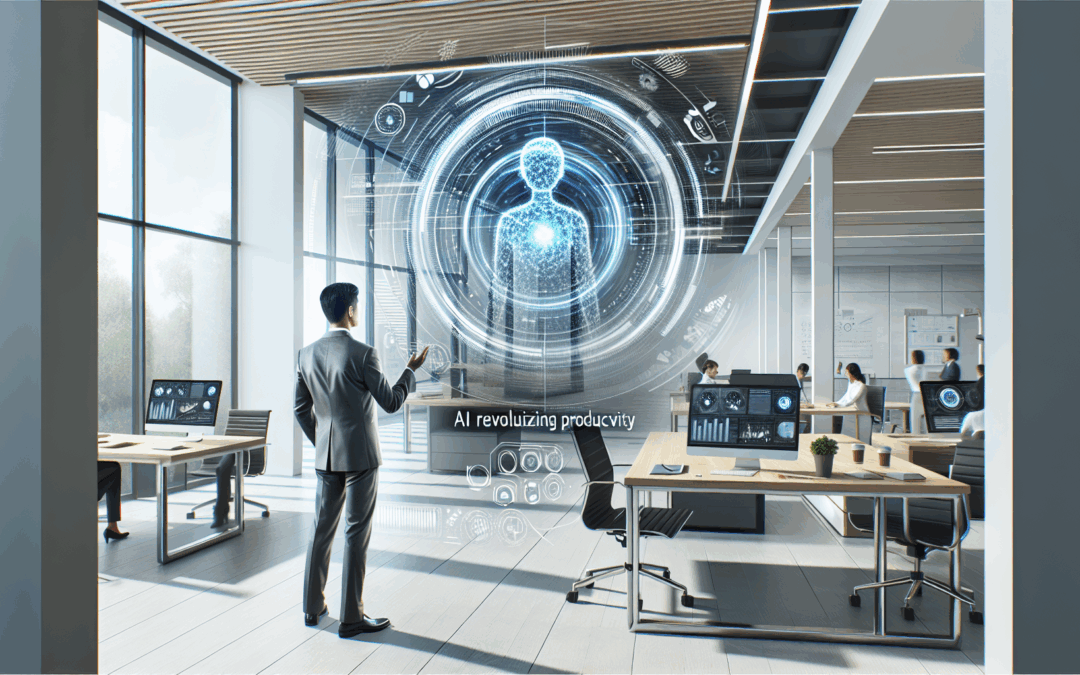The Rise of AI in the Modern Workplace
The integration of artificial intelligence (AI) into the workplace is no longer a futuristic concept—it is a present reality transforming how businesses operate globally. From automating routine tasks to enhancing decision-making, AI is dramatically reshaping the office environment. Understanding the nuances of AI at work is essential for organizations aiming to stay competitive and for employees eager to thrive in an evolving landscape.
Understanding AI Productivity in the Office
One of the most significant advantages of AI in the workplace is its ability to boost productivity. AI productivity tools range from intelligent scheduling assistants to automated data analysis platforms. These technologies allow employees to focus more on strategic tasks by handling repetitive and time-consuming activities. For example, AI can automatically sort emails, prioritize tasks based on urgency, and even summarize long documents, enabling workers to allocate their time more efficiently.
In office settings, AI-driven systems facilitate smoother operations by predicting workflow bottlenecks and suggesting optimal resource allocation. According to a report by McKinsey, organizations that successfully implement AI can expect productivity improvements of up to 20-25%, a testament to the powerful impact of AI productivity technologies.
How AI Prompts Enhance Creativity and Efficiency
AI prompts are becoming a game-changer in various professional fields. These prompts act as suggestion engines that boost creativity and problem-solving by offering ideas, frameworks, or even entire content drafts. In industries such as marketing, design, and content creation, AI prompts help professionals overcome creative blocks and explore new directions with ease.
For example, copywriters might use AI-generated prompts to draft compelling headlines or intricate campaign concepts. Similarly, programmers can leverage AI to suggest code snippets or debug errors, reducing the time spent on trial and error. This form of AI assistance not only increases efficiency but also elevates the quality of work produced.

Training Employees for AI Integration
Successful adoption of AI in any workplace hinges on proper AI training. Employees must be equipped with the skills to use AI tools effectively and understand their implications. AI training programs are designed to bridge the gap between technology and human expertise, which is crucial for optimizing performance.
Training often includes educating staff about AI ethics, data security, and hands-on experience with relevant software. For example, sales teams might undergo AI training to learn how predictive analytics can improve lead scoring and customer engagement strategies. Furthermore, upskilling helps ease potential resistance by demystifying AI and positioning it as a collaborator rather than a competitor.
Challenges and Considerations with AI in the Workplace
While AI offers numerous benefits, organizations must navigate challenges associated with its implementation. Privacy concerns rank high, as AI systems often require access to vast amounts of data. Ensuring compliance with data protection regulations is critical.
Additionally, there is the challenge of maintaining the human touch in an increasingly automated office. Employees might worry about job displacement or feel alienated by machine-centric workflows. Companies that invest in transparent communication and inclusive AI training can mitigate these concerns effectively.
Another consideration is the risk of over-reliance on AI prompts, which, if not carefully managed, could stifle original thinking or introduce biases inherent in the training data. Therefore, a balanced approach that pairs AI capabilities with human judgment is recommended.
Real-World Applications of AI in the Office
AI’s applications in the workplace are diverse and expanding rapidly. Virtual assistants like chatbots manage customer interactions, freeing human agents for complex queries. AI-powered analytics tools generate insights from big data, helping businesses anticipate market trends and customer needs.
Human resources departments also benefit from AI through automated resume screening, employee sentiment analysis, and even predictive models for workforce planning. In finance, AI streamlines audits, detects fraud, and enhances risk management.
Moreover, with remote and hybrid work models becoming commonplace, AI tools facilitate collaboration by organizing virtual meetings, transcribing discussions, and managing digital workflows seamlessly.
The Future of AI and Work
The future of AI in the workplace is promising and transformative. As AI technologies continue to evolve, their integration will deepen, with machines handling more complex tasks and supporting higher-level decision-making processes. This evolution calls for ongoing AI training to ensure that workers are prepared for these changes.
Organizations that embrace AI thoughtfully will likely see enhanced innovation, greater agility, and improved employee satisfaction. As stated by Andrew Ng, a pioneer in AI: “AI is the new electricity.” Just as electricity revolutionized industries in the past, AI is poised to redefine productivity and creativity in the modern office.
In conclusion, understanding and leveraging AI at work is essential for both businesses and employees. By focusing on AI productivity, utilizing AI prompts, prioritizing comprehensive AI training, and addressing challenges proactively, workplaces can create a harmonious environment where humans and AI collaborate to achieve exceptional outcomes.
Get started today with Responsible use of AI license training.

